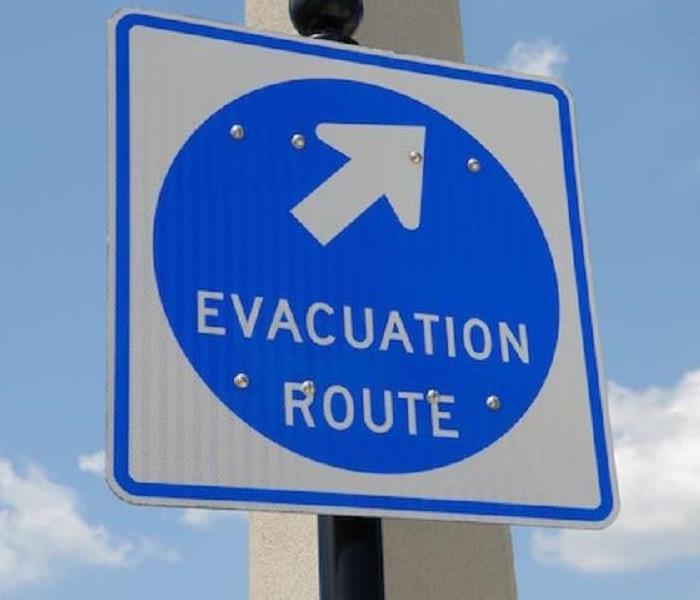Floods and Storm Damage: How to Prepare
9/13/2018 (Permalink)
Did you know that climate change is increasing the chance of floods even in areas previously considered to be [low risk]?(https://www.economist.com/briefing/2017/08/31/the-likelihood-of-floods-is-changing-with-the-climate) As rainfall increases, so do floods. As heavy rain has continued to fall in New Jersey in recent months, it’s more important than ever to be prepared for flooding.
If at least two properties (or acres) are totally or partially submerged in water, then a flood has occurred.
But safety will always matter a lot more than a legal definition if a flood does occur.
To prepare for a flood and storm damage, you should be able to answer these questions:
- Do you know the risk of a flood?
- Are you prepared for a flood?
- Are you able to evacuate if needed?
Before a storm ever hits, you should know the chances of flooding. The best resources for this? The local government or FEMA office. The more informed you are, the better prepared you are. For the Western Dutchess County area, start here.
You could also buy a weather radio to stay informed about possible storms and flooding.
All households should have an emergency preparedness kit. Your car and office should also have an emergency kit. For floods, a smart tip is to store important documents in water proof casing. Flood waters can contaminate usual water sources (like the kitchen tap), so it becomes extra important to keep fresh, clean water in your emergency kit. If you aren’t sure how to prepare a kit, read this.
An emergency generator is equally important as an emergency preparedness kit. Severe storms have the ability to knock out the power grid for your area. An emergency generator will keep the lights on in the event of a storm. The size of your house and its power needs influence the kind of generator that you need.
An evacuation order might be issued. Evacuation orders are common under the threat of severe storms and flooding. It’s important that you know how to follow this order if it comes. To learn the official evacuation procedure, contact your local government. You can use this procedure as a jumping point for creating a family evacuation policy. The entire family should practice the evacuation plan until everyone has it memorized.
Remember, high flood waters can conceal damage and debris. Always use caution.
After a flood has receded and it’s time to clean up the damage, call SERVPRO® of Western Dutchess County.





 24/7 Emergency Service
24/7 Emergency Service
